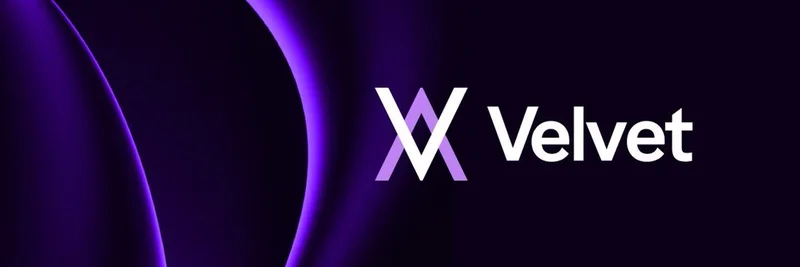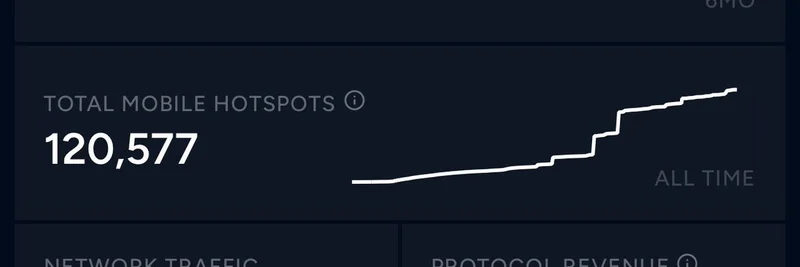If you've been scrolling through crypto Twitter—sorry, X—lately, you might have stumbled upon a thread that's got everyone talking about governance in blockchain. Posted by @ashen_sol1, the thread highlights the massive buzz around Umbra's presale, which was over 400% overallocated, and dives into what MetaDAO and futarchy really mean. As a former CoinDesk editor now at Meme Insider, I'm here to break it down for you in plain English, especially if you're into meme tokens and how they intersect with cutting-edge tech like this.
The Tweet That Started It All
The main post from @ashen_sol1 reads: "i’m sure you’ve seen lots of buzz around Umbra and their presale today being like 400%+ overallocated but what even is @MetaDAOProject and futarchy? here’s a video i made a while back explaining why they’re one of the coolest companies in crypto." Attached is a video where the creator explains futarchy using real-world examples from protocols like Drift.
This thread isn't just hype—it's a gateway to understanding how innovative governance models like futarchy could change the game for DAOs, including those in the meme token space. With replies asking about participation in the presale and praising the informative video, it's clear this topic is resonating.
What Is MetaDAO?
MetaDAO (metadao.fi) is a groundbreaking project on Solana that's experimenting with futarchy as its core governance mechanism. Unlike traditional DAOs where decisions are made through simple voting—often influenced by token holdings or rewards—MetaDAO lets markets decide. It's like turning governance into a prediction market where participants bet on outcomes.
Founded on the ideas of economist Robin Hanson, MetaDAO aims to make smarter, more efficient decisions by harnessing the wisdom of the crowd through financial incentives. Every proposal creates "yes" and "no" markets, and the outcome with the higher market price wins. This setup discourages lazy voting and encourages informed, skin-in-the-game participation.
Breaking Down Futarchy: Votes vs. Bets
In the video shared in the thread, @ashen_sol1 explains futarchy with a simple analogy: Imagine two bowls—one for "it will rain tomorrow" and one for "it won't." Friends put money in the bowl they believe in, and the one with more cash indicates the market's prediction. Futarchy applies this to governance.
Instead of voting yes or no on a proposal (like funding a working group), you trade tokens in yes or no markets. If the yes token's price ends higher, the proposal passes. This forces people to back their opinions with money, leading to better decisions because markets are great at aggregating information.
The video uses examples from Solana protocols like Drift, Sanctum, and Jito, which have adopted futarchy alongside traditional voting. For instance, Drift has seen six proposals pass and two fail under this model—outcomes that might have been different with just votes, where people chase rewards without deep thought.
A key point: Markets reveal objective truths. Just like how Pump.fun's market cap shows its value despite critics, futarchy cuts through the noise in DAO decisions.
The Umbra Presale Buzz
Umbra, mentioned in the tweet, is a privacy-focused protocol for swaps and transfers built on Arcium and integrated with Solana. According to MetaDAO's site, it's designed for private transactions, and its mobile app is in open beta. The presale being 400% overallocated means demand far exceeded supply—investors are betting big on its potential.
Why the hype? Umbra ties into MetaDAO's futarchy model, where decisions about its development could be market-driven. In a world where meme tokens often rely on community governance, tools like Umbra could add privacy layers, making them more appealing for serious use cases without losing the fun.
Why This Matters for Meme Tokens
At Meme Insider, we're all about meme tokens, and futarchy could be a game-changer here. Traditional DAO voting in meme projects can lead to drama—whales dominating or apathetic voters skewing results. Futarchy introduces financial stakes, potentially leading to more productive outcomes like better treasury management or community initiatives.
Imagine a meme token DAO using futarchy to decide on airdrops or partnerships. Markets would weed out bad ideas quickly, rewarding those who predict correctly. It's not perfect—markets can be manipulated—but it's a step toward efficiency in the wild world of memes.
Final Thoughts
@ashen_sol1's thread and video are a must-watch if you're curious about the future of blockchain governance. MetaDAO and futarchy aren't just buzzwords; they're practical tools being tested in real projects like Umbra. As Solana continues to innovate, keep an eye on how these models influence meme tokens and beyond.
For more on meme token trends and blockchain tech, stick with Meme Insider. What's your take on futarchy—game-changer or gimmick? Drop your thoughts in the comments!
If you want to check out the original thread, head over to X. And for deeper dives, visit MetaDAO's proposals page to see futarchy in action.


